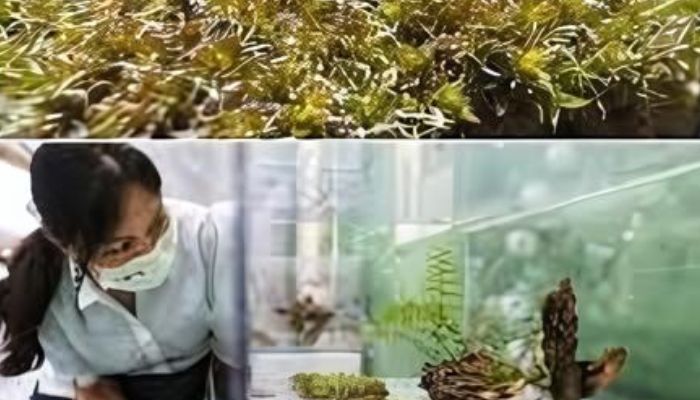A new report directed by Chinese researchers has investigated the expected utilization of greenery to change Mars’ fruitless scene into a flourishing green climate. The focal point of the review was Syntrichia canines, a desert greenery known for its capacity to get by in outrageous circumstances on The planet.
Specialists from the Xinjiang Establishment of Environment and Geology (XIEG), the Public Space Science Center, and the Foundation of Organic Science under the Chinese Institute of Sciences (CAS) led the review, which was distributed in the diary The Advancement.
Syntrichia canines is a worldwide disseminated greenery animal variety found in cruel conditions like deserts, mountains, and polar locales, where it structures natural soil outside. The review used examples from the Gurbantunggut Desert in China’s Xinjiang Uygur Independent District, known for its thick populace of Syntrichia canines.
The examination featured the greenery’s striking strength to outrageous circumstances, including serious parching, super low temperatures, extreme radiation, and recreated Martian conditions that consolidated these pressure factors. Key discoveries demonstrated that Syntrichia canines can go through outrageous drying out and recuperate its photosynthetic and physiological exercises promptly after rehydration. The greenery showed the capacity to “dry without kicking the bucket” and endure frosty temperatures as low as short 196 degrees Celsius, recovering even after delayed openness to such brutal circumstances.
In tests mimicking Mars’ circumstances, including a high centralization of carbon dioxide, temperature changes from less than 60 degrees Celsius to 20 degrees Celsius, high UV radiation levels, and low barometrical strain, Syntrichia caninervis kept up with its imperativeness. This flexibility proposes its possible reasonableness for adding to terraforming endeavors on Mars, a cycle pointed toward making Earth-like circumstances to help human colonization.
The review underlines Syntrichia caninervis as perhaps of Earth’s hardest organic entity, offering experiences into its multi-stress resistance and laying basic information for expected future applications in space investigation and natural surroundings advancement past Earth. Continuous exploration incorporates further examinations concerning the greenery’s pressure limits, systems of versatility, and likely execution in Martian soil reproductions, with tentative arrangements for space flight tests to additionally investigate its practicality in extraterrestrial conditions.
